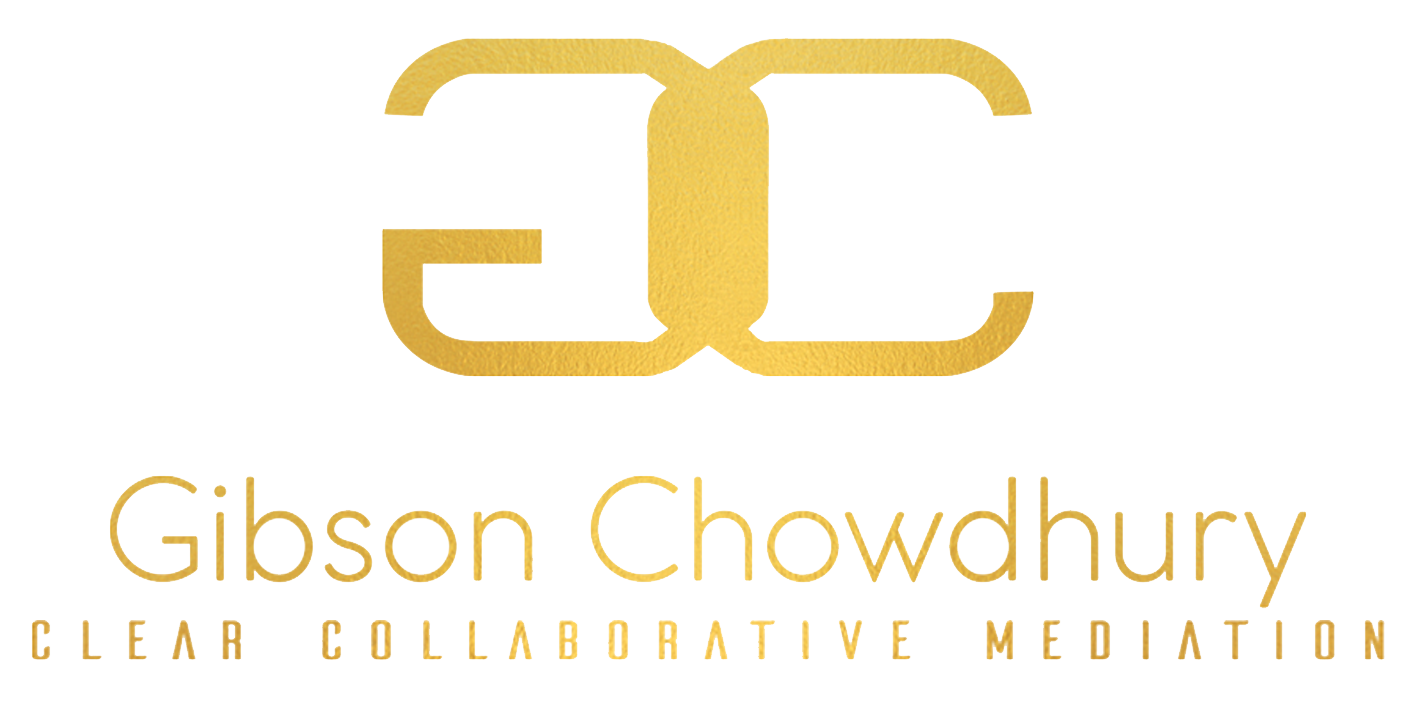
“I had never thought about it from that angle” was a phrase I heard from the lawyers too many times during my mediation a couple of weeks ago. I didn’t think much of it at the time and felt relieved that I was able to generate some options that would work well for both parties. A half-day mediation slowly turned into a 9-hour mediation! Yep, I was tired and hungry alright.
Despite the barriers that are often presented when neither party wants to have a joint session, I was pleased with the collaborative nature of the negotiation and the party’s willingness to explore ideas and options put forward.
As I reflect on the mediation and the events that lead to its conclusion, I wondered whether the difference in approach and perspectives that I provided was the reason that caused the mediation to go into a full day. I like to think it was.
There have been many studies and articles about the values of diverse perspectives. The Harvard Business Review in its article Why Do Boards Have So Few Black Directors? sets out some of its benefits. Productivity, creativity, and success in thought leadership are just a few top-rated attributes of a diverse team.
If you think about it, when homogenous groups are given the task of problem-solving, they will often have the same or similar ideas for a resolution. When diverse members from marginalized and racialized groups are added to solve the same problem, it is highly likely that creative options for resolutions will increase. Why? Because diverse group members can offer ideas based on their varied lived experiences and cultural differences. They can generate options from different worldviews that may not have been explored before. Often with parties, there may be shared social and emotional intelligence (when one is able to recognize a similar social position or emotion), where the mediators can understand the interests better because of a shared experience. For example, being a businesswoman myself, I can understand the weight a client who is also a business person will put on company reputation. Or understanding the dynamics of having a young family and creating options that can work. Making this connection, allows me to ask the client relevant questions that can draw out the issues productively.
During my mediation, some of the options generated for consideration were a catalyst for opening more conversation, rational choice-making, room for negotiation, and reality testing. Offering a different perspective meant that I was able to avoid an impasse in a case where it was highly likely, given the circumstances. It allowed me to help manage emotions on both sides and create a collaborative environment, despite the hostility.
I was delighted to help my clients reach a resolution based on their own self-determination. It is an important process in a mediation, to ensure parties reach an agreement they can live with.


